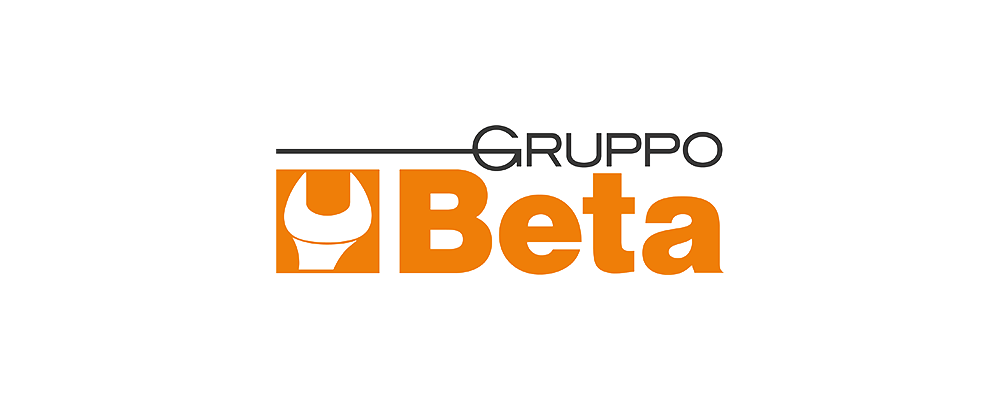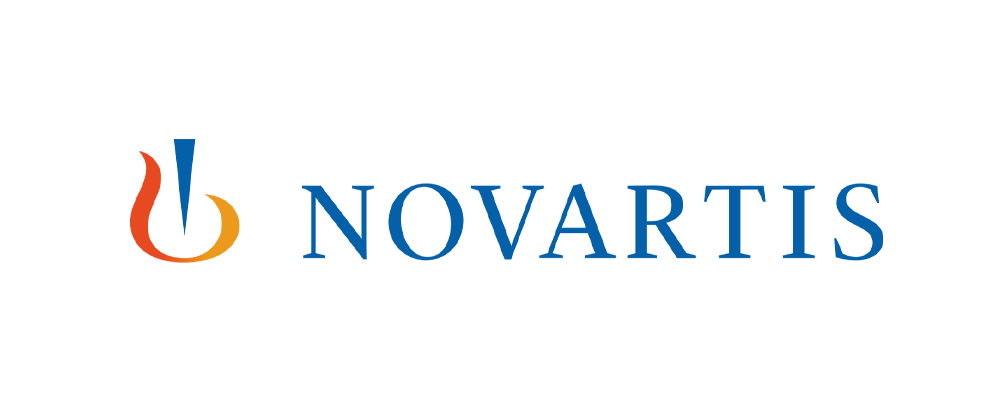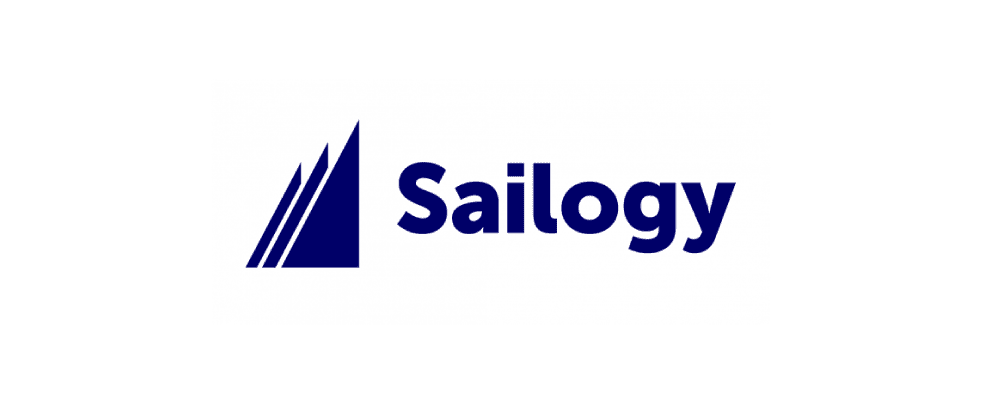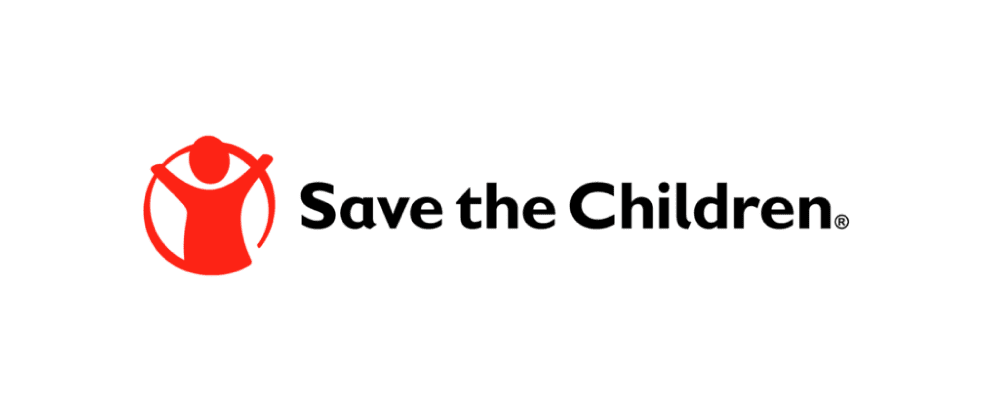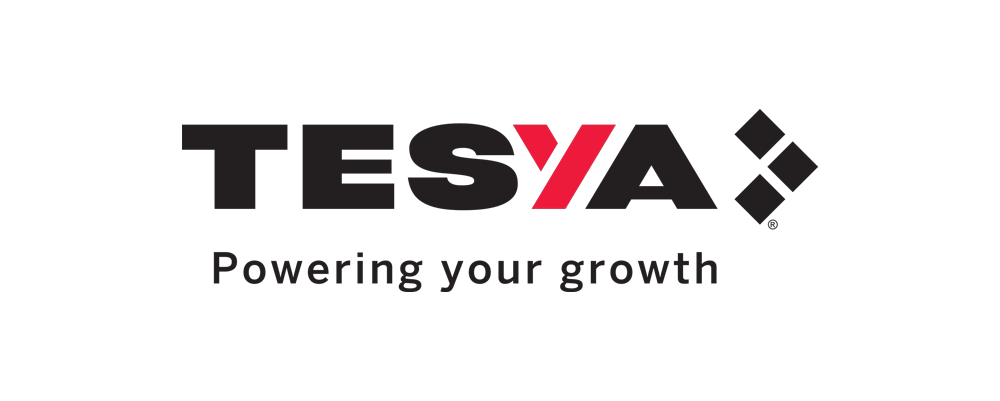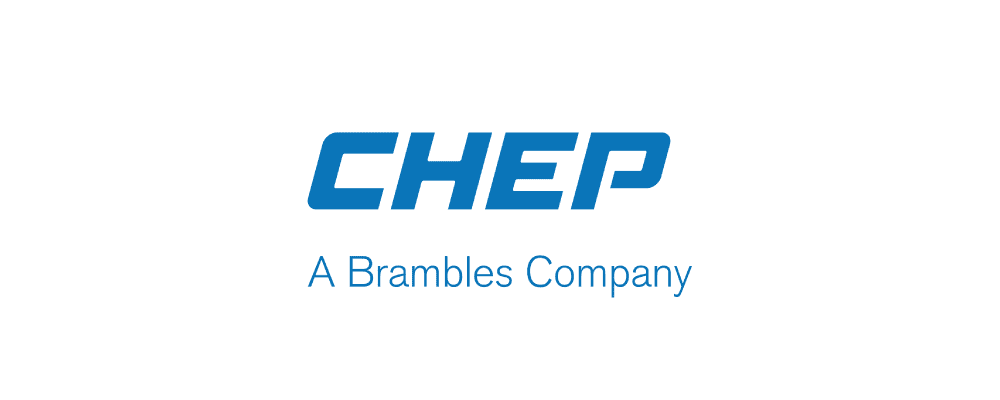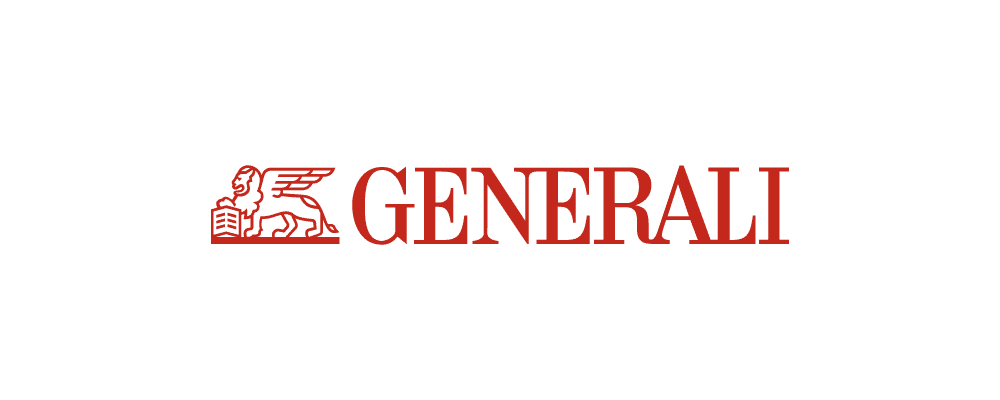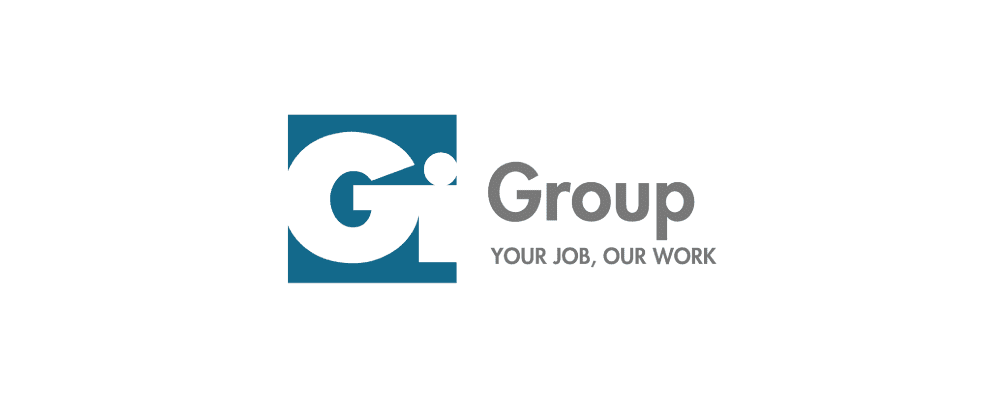But why is it important?
There are a lot of reasons. And you’d better start as soon as you can.
With the new CSRD Directive, more and more companies will have to prepare a sustainability report, but the risk is that they will be unprepared for its effective construction and communication.
With Green Claims, product labels will no longer be able to use generic phrases such as “environmentally friendly” or “zero impact.” Instead, they must use concrete, verifiable messages. Also, be mindful of greenwashing.
Effective communication related to ESG ratings or certifications with investors is critical so as not to miss opportunities in the financial field.
And let’s not forget about colleagues and suppliers.
Before deciding what to say, let’s start with the ‘why’ behind your ESG commitment.
We work alongside you to analyse reputational risk, assess stakeholder relationships, and engage them effectively. We also support crisis management, including greenwashing issues, and handle creative design.
Reputational
Risk Analysis
Starting from the assessment phase, we support the ESG team in a timely analysis of reputational risk in different media to set a “zero point” to be integrated with other risks in the dual materiality analysis.
Relations
with stakeholders
We analyse the health of relationships with stakeholders mapped in the sustainability report and, after classifying them into allies, adversaries, and neutral parties, develop customised engagement initiatives.
Content
and Creativity
Starting from the macro-messages of the report or sustainability plan, we develop the communication strategy, storytelling and creative design.
Communication
We make the sustainability report or other content more usable and memorable with multimedia formats and ESG communication campaigns: media relations, social media, influencers, videos, brochures, gaming platforms, blogs, etc.









